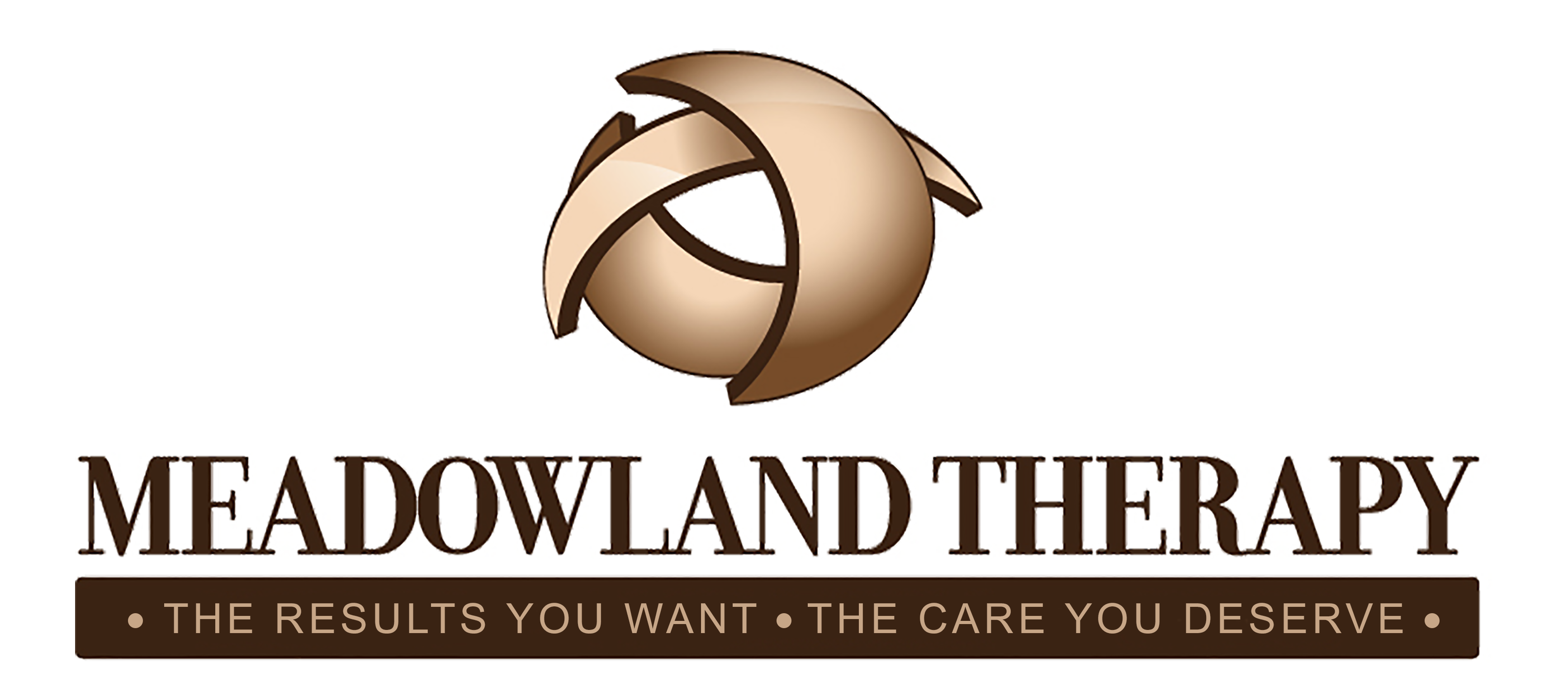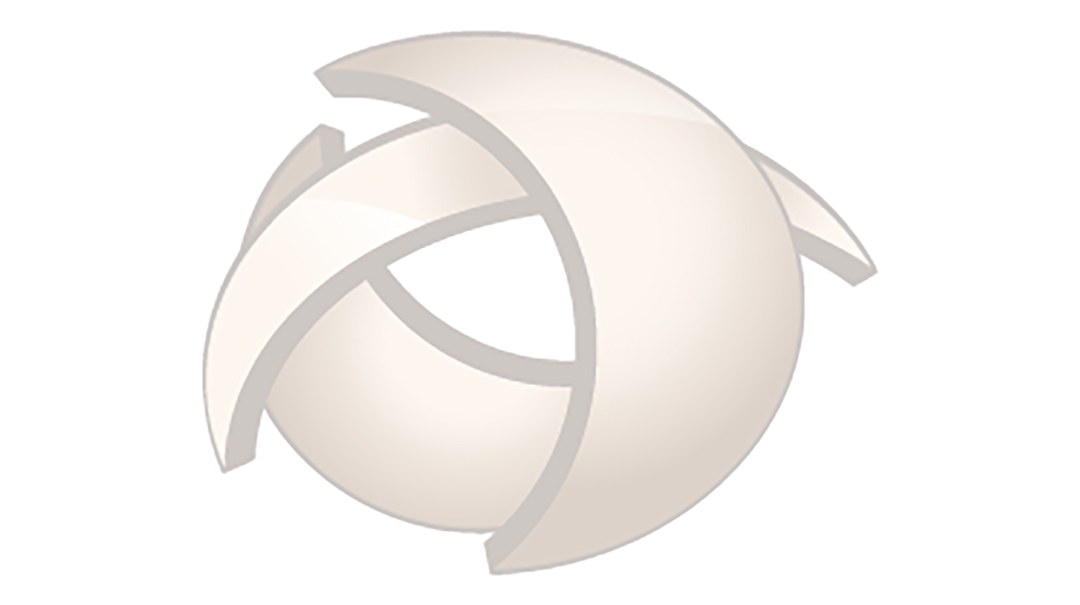Fascial Distortion Model (FDM)
Fascia is the thin fibrous connective tissue surrounding all the muscles, tendons, joints, and organs in your body. It’s a flexible web beneath the skin holding everything together that is vulnerable to tears, folds, wrinkles and other distortions that can result in pain and injury. Traditional orthopedics look at these injuries as something the body needs time to heal (usually a few weeks.) Using the Fascial Distortion Model, the specific fault in the fascia is identified and corrected often resulting in the reversal of the injury and complete elimination of pain without the need for a period of rest and recovery and typically with just one or two treatments. Chronic pain can also be successfully treated using the FDM, but results typically take longer than for acute injuries.
The Fascial Distortion Model is a method of identifying the source of pain or injury by tuning in to the patient’s description of their symptoms. Fascial distortions are corrected with hands-on deep pressure application with measurable, dramatic results.
Fascial Distortion Model is a system of pattern recognition, where the hand gestures used by a patient to describe their symptoms are divided into six distinct categories of dysfunction. Treatment choices are correlated to the distinct hand gestures, with manual therapy being the primary modality. The goal of FDM treatment is to restore normal motion, correcting fascial distortions through manual techniques, decrease pain with movement, and reduce fear of movement in the patient, allowing them to return to function faster, while reducing reliance on traditional treatment modalities.
The Fascial Distortion Model identifies six different states of facial dysfunction:
- Triggerband: The most common of all distortions. They are twisted or wrinkled fibers of connective tissue or fascia which cause a burning or pulling pain.
- Herniated Triggerpoints: Tissue that has pushed through the overlying fascia. Patients describe these as deep aches.
- Continuum Distortion: Injuries to an area where a ligament or tendon is transitioning to bone, commonly referred to as a sprain of a joint. Patients describe these as a sharp pain in one spot.
- Folding Distortion: A three-dimensional alteration of a fascial plane that occurs around the joints as the fascia expands and contracts incorrectly. It is verbally described as an achy pain in a joint.
- Cylinder Distortion: Overlapping of fascia coils that cause pain mostly in non-jointed areas. Discomfort from cylinder distortion is described as pain that jumps from one location to another or causes numbness and tingling.
- Tectonic Fixation: The inability of fascial surfaces to glide resulting in what patients describe as tightness or stiffness.
Some common injuries that are easily resolved with FDM manual treatments include: pulled muscles and muscle tears, sprained ankles, shin splints, Osgood-Schlatter Disease, whiplash, headaches, shoulder pain, frozen joints, kidney stones, plantar fasciitis, sprains, strains and tendonitis, and low back pain. Chronic pain injuries or conditions can also be treated with FDM such as sciatica, carpal tunnel syndrome and many other injuries.


